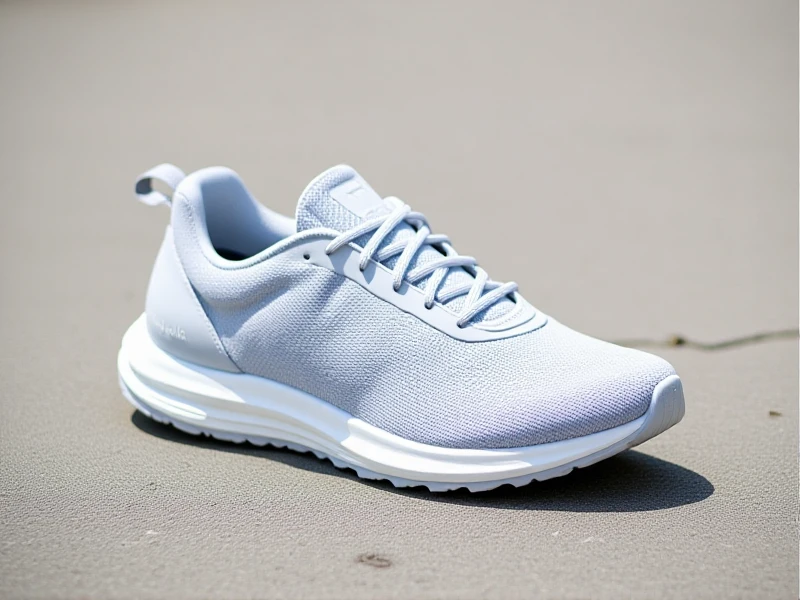
Essential Guide to Choosing the Best Running Shoes
Finding the perfect pair of shoes is critical for comfortable, enjoyable, and injury-free running. With countless options flooding the market, navigating the world of running footwear can feel overwhelming. But understanding your specific needs cuts through the noise and leads you to the ideal companion for every stride.
Your run type is paramount. Are you logging high mileage on roads, tackling challenging trails, seeking speed for a race, or recovering from an injury? Different shoes excel in different environments. Road shoes prioritize cushioning and responsiveness for paved surfaces. Trail running shoes offer aggressive traction, rock plates for protection, and stability on uneven terrain. For racing days, lightweight trainers prioritize speed, while daily training shoes focus on durability and comfort for your regular miles.
Foot mechanics play a huge role. Know your arch type (low, medium, high) and gait pattern (neutral pronation, overpronation, supination). Overpronators often benefit from structured stability shoes that help control excessive inward rolling. Neutral runners usually thrive in cushioned shoes that absorb shock without interfering with their natural stride. High-arched runners may need extra cushioning underfoot. Visiting a specialty running store for a gait analysis is highly recommended; an expert can observe your stride and foot strike to suggest optimal running shoes.
Focus on core features:
- Fit: A perfect fit is non-negotiable. Allow enough room (roughly a thumbnail's width from your longest toe to the shoe's end) to prevent black toenails. Ensure the midfoot is snug but not tight, and the heel is secure without slippage. Visit stores later in the day when your feet are naturally slightly swollen.
- Cushioning: This determines impact absorption and ride feel. Options range from highly cushioned "max cushion" styles for joint comfort to minimalist shoes for a more natural ground feel. Your weight, mileage, and personal preference influence the best level.
- Support: For those needing pronation control, stability features are integrated into the shoe's structure. Motion control running shoes offer the highest level of support, while neutral options provide natural freedom. Stability running shoes are crucial if your pronation requires correction.
- Weight: Lighter running shoes often enhance speed and responsiveness, which is great for racing. However, heavier shoes might offer more cushioning or stability for longer training sessions. Seek a balance.
- Drop: The heel-to-toe offset (measured in millimeters) impacts how your foot lands. A higher drop emphasizes heel cushioning, while a lower drop promotes a more midfoot/forefoot strike. Transition gradually if changing drop heights for injury-free running.
Finally, heed the mileage limit. Even the best running shoes degrade over time, typically losing effective cushioning after 300-500 miles. Tracking mileage helps you replace them before worn-out midsoles increase injury risk.
Investing time in finding the right running shoes tailored to your needs is an investment in your running journey. The perfect pair feels supportive and responsive, propelling you mile after mile while safeguarding your precious joints. Never underestimate the impact of properly fitting, type-appropriate footwear. Head to a reputable store, prioritize fit above all, and let your feet guide you to peak performance and comfort. Happy running!